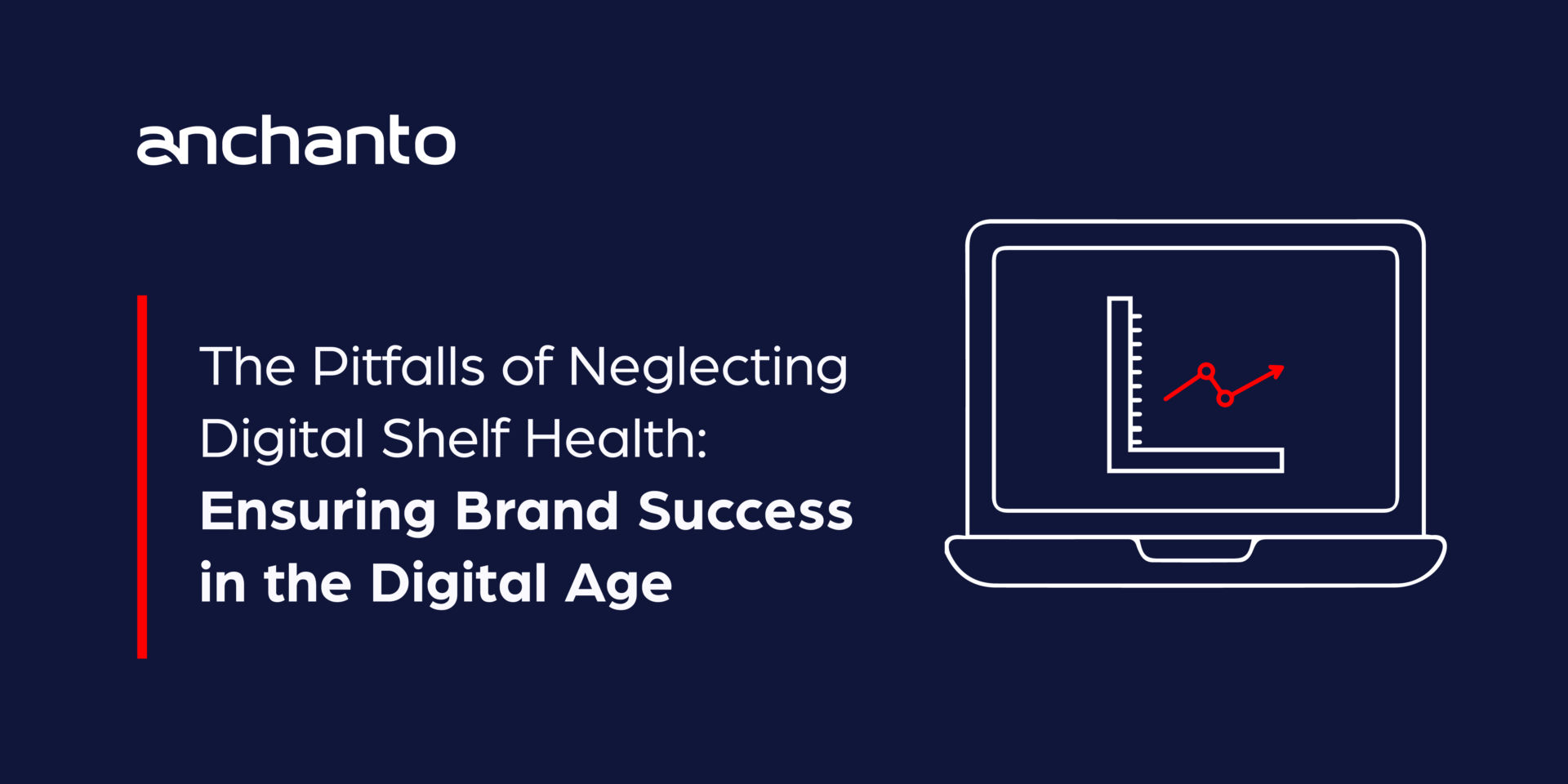The Pitfalls of Neglecting Digital Shelf Health: Ensuring Brand Success in the Digital Age
Blogs
The digital revolution has ushered in a new era of commerce, reshaping the way brands engage with consumers. Amidst this transformative landscape, the digital shelf has emerged as the battleground where brands vie for attention, relevance, and success. Yet, many brands continue to overlook the crucial significance of their digital shelf health, oblivious to the pitfalls that can jeopardize their very existence. Let’s delve deeper and explore why it is imperative for brands to prioritize the performance analysis of their digital shelf.
1. Battling price wars with competitors:
Prepare for a relentless clash where brands, ill-equipped to monitor and adapt pricing strategies, become casualties in a war they didn’t even know they were fighting. Failure to offer competitive prices can render brands invisible amidst cutthroat competition, leading to lost sales and dwindling market share. The best strategy is to avoid price wars by having a proactive pricing strategy in place. Read more about the art of e-commerce pricing here.
2. No visibility on total sales:
For brands selling through distribution networks, obtaining full visibility into their total quantity sold, net revenue, and Gross Merchandise Value (GMV) becomes a complex ordeal. Multiple sellers, resellers, and the presence of grey sellers contribute to incomplete or inaccurate information. This information asymmetry hampers strategic decision-making, resource allocation, and a brand’s understanding of its market position.
3. Cancelled orders due to wrong inventory:
Inaccurate or outdated inventory information can lead to cancelled orders and frustrated customers. Neglecting real-time inventory updates across online platforms can be akin to dangling false promises before buyers, ultimately leading to disappointed customers, lost opportunities and damaged reputation.
4. Losing market share and brand equity:
Brands that overlook their digital shelf health risk losing market share to competitors who prioritize it. Poor search visibility, ineffective marketing, reputation damage, failure to adapt to changing consumer demands, and inconsistent experiences drive customers away. Prioritizing the digital shelf allows brands to retain market share and enhance brand equity by establishing themselves as reliable, trustworthy, and customer-centric leaders in the digital marketplace.
5. Low return on ad expense:
In the absence of a well-managed digital shelf, brands might face poor performing ad campaigns across channels. Without accurate data on product performance and customer behaviour, brands struggle to optimize their advertising campaigns, resulting in wasted resources and diminished returns. By prioritizing their digital shelf health, brands can leverage data-driven insights to refine their advertising strategies, target the right audience, and maximize the return on their ad investment.

6. Degrading brand value:
Inconsistent product information, poor imagery, and outdated content are detrimental to a brand’s image. When customers encounter inaccurate or incomplete information, they become skeptical about the brand’s attention to detail and quality. This skepticism can lead to a perception of mediocrity and a loss of credibility in the eyes of consumers. Access to digital shelf health insights can allow brands to dig deeper into why their content is not resonating with consumers as well as take appropriate action as needed.
7. Poor customer experience:
Even though customer reviews and ratings are openly available on most marketplaces, it is extremely difficult to make sense of thousands of reviews spread across several product pages. Without an advanced analytics platform, it’s nearly impossible to truly understand customer sentiment. As a result, brands fail to go deeper into why they are being poorly rated or reviewed while their competitors are being loved by consumers.
8. Inability to track new and existing competitors:
Manually tracking every competitor in the online marketplace is very ineffective and nearly impossible, especially for mid-large brands. However, without monitoring the competition, brands may miss out on emerging trends, new market entrants, and potential partnership opportunities, hindering their ability to stay ahead in the market. Automated competitor insights on your competitor’s pricing, discounts and reviews can be game changing for your e-commerce business.
9. Price violation by third-party sellers:
Third-party sellers on e-commerce platforms may manipulate prices, leading to price violations and potential damage to a brand’s reputation. By actively managing their digital shelf, brands can minimize the risk of price violations and maintain consistent pricing across channels. A good digital shelf analytics platform will also provide the option to take action on such price violations so you can ensure that your profits are not compromised.
10. Manual data feeds for business decisions:
Without a well-structured and automated system for collecting and analyzing data from the digital shelf, brands may rely on manual processes that are time-consuming and prone to human error. Additionally, since the e-commerce world is so dynamic, the data that’s relevant this week might not stay so later on. This can hinder a brand’s ability to make timely data-driven decisions and adapt to changing market dynamics swiftly.
Conclusion:
In the digital era, brands cannot afford to overlook the importance of their digital shelf health. Neglecting this aspect can have far-reaching consequences, including lost sales, diminished brand value, and poor customer experiences. By focusing on optimizing their digital shelf, brands can gain a competitive advantage, enhance customer satisfaction, and ensure sustained growth in the ever-evolving digital landscape. Hence, it is imperative for brands to prioritize their digital shelf health to thrive and remain relevant in the marketplace.
